The virtues of green buildings are well documented: they provide greater comfort and health benefits than conventional houses and they provide dramatic cost savings from energy and water efficiency, among other features. While the benefits of building green are clear, the path to achieve those benefits may seem less straightforward. The varieties of green buildings are many: LEED (Leadership in Energy and Environmental Design), Zero Energy Buildings (ZEBs), Pretty Good House (PGH), and Passive House among others. However, this last one, Passive House, employs strategies that make it our preferred method of building at FiELD9: architecture.
Passive House provides a path to resilient architecture worth exploring when designing a new building or updating an existing one. Perhaps the most important and impressive benefit to report is the energy cost savings documented with Passive House buildings. Energy savings compared to conventional homes come to 60-80%. To be certified as a Passive House, the building must achieve a high energy efficiency standard.
In order to rate this high, Passive House uses several strategies. To ensure consistent, comfortable temperatures throughout the entire building, Passive House utilizes supremely efficient insulation around the building’s envelope and also eliminates thermal bridges, or places where heat is transferred through the building structure, through the design and the use of energy efficient windows.
Passive House homes are airtight but still remain well ventilated, bringing in fresh filtered air and expelling moist, polluted air, utilizing heat exchange technology. These techniques result in excellent indoor air quality and eliminate the need for conventional heating and cooling systems.
There are different standards, of course, which have their own plusses and minuses. LEED certified buildings are required to have a certain higher level of energy efficiency compared to conventional buildings. However, said efficiency is not confirmed after construction. Passive House’s rigorous certification methods ensure that the efficiency is effective and long-lasting.
ZEB’s focus is on renewable energy, creating as much energy in a year as they consume. But they have relatively high upfront costs and a longer payback period. Passive House has a much lower upfront cost by not requiring solar panels and the like, and the impressive energy savings reduce any payback period.
Pretty Good House is another standard, which strives to reach a practical level of performance without having any set requirements. They encourage local materials, lots of insulation, and small square footage. Like Passive House, they prefer smaller mechanical systems and effective windows and doors. Unlike Passive House, PGH does not use insulation under the floor, however, and does not have rigorous testing to certify the building.
Passive House is a performance-based means to resilient architecture, rather than one based on aesthetics or a mere checklist of features. When you’re thinking of creating a green building, or even updating an existing one to be more energy efficient, consider Passive House as a design strategy. The energy efficiency, indoor comfort, and benefits to the Earth are manifold and worth the effort. Consult the experts at FiELD9: architecture to learn more about the possibilities of Passive House and how you can both live more comfortably and help the environment at the same time.

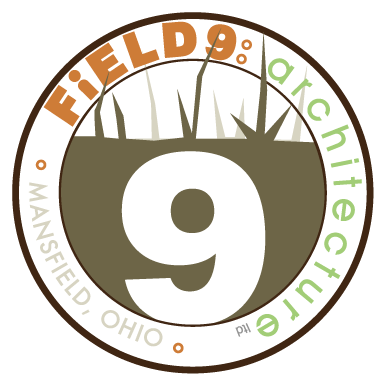
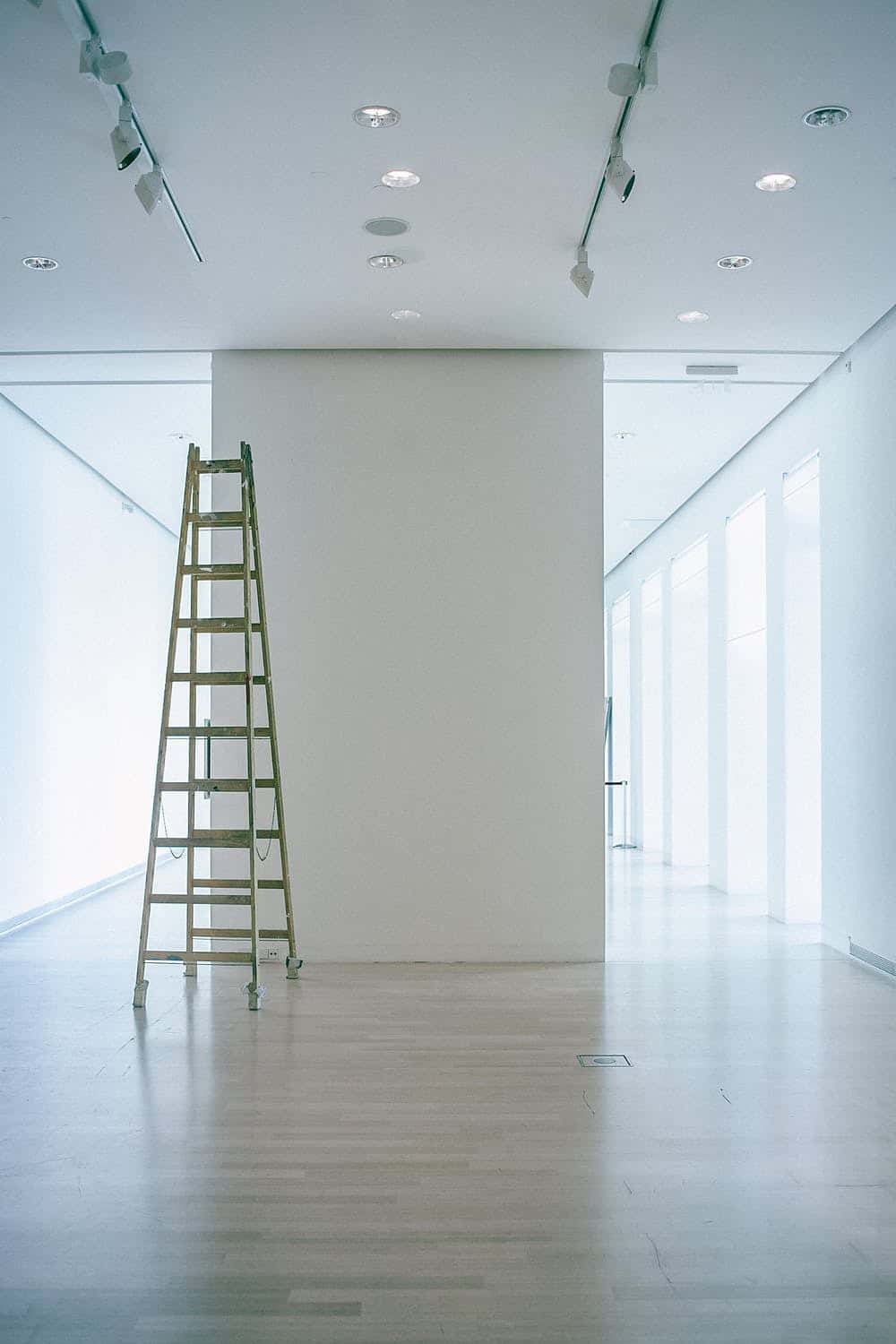
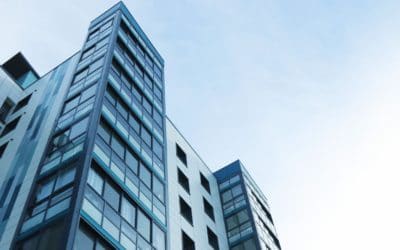
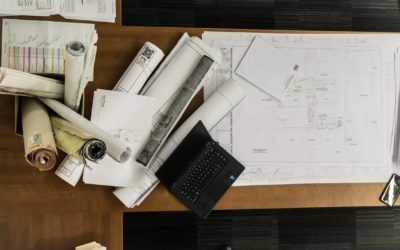
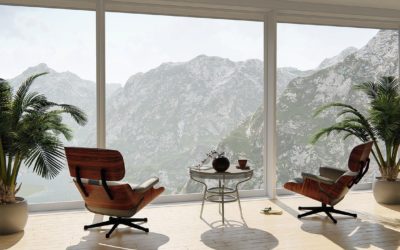
Recent Comments